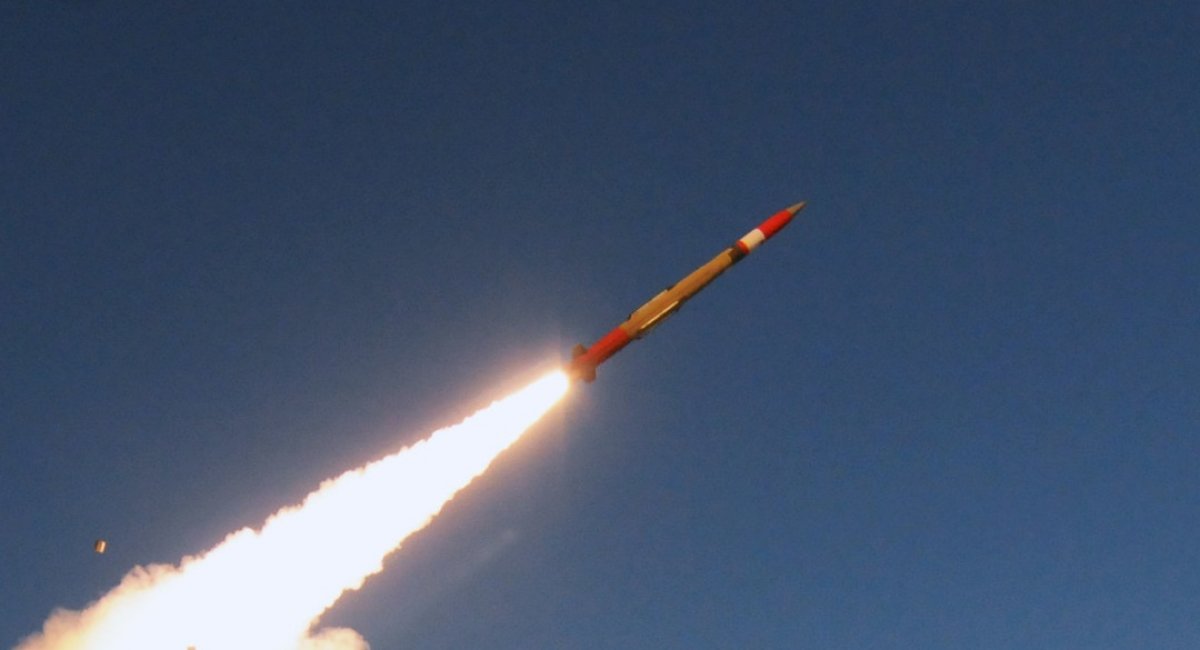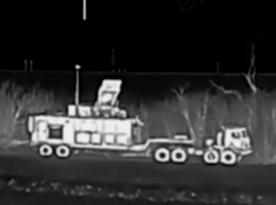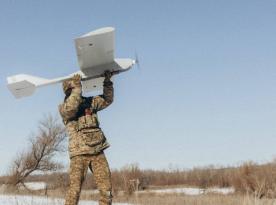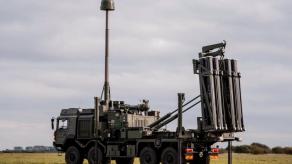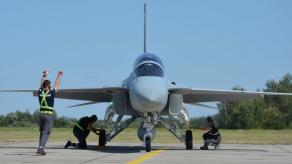During the recent 100% effective repelling of a missile attack on Kyiv on May 29, the Patriot air defense system was engaged for neutralizing russian Iskander cruise and ballistic missiles. The fact was confirmed officially by the spokesperson of the Air Force of Ukraine Yurii Ihnat on television.
There are a few key features allowing the Patriot with PAC-3 interceptor missiles to take down hostile ballistic missiles. Foremost is the automatic mode capability because the reaction time is crucial as the "window of opportunity" to intercept a ballistic missile in its terminal flight phase is mere seconds wide.
Read more: Kyiv Under Ballistic Missile Attack: Why Those are Times More Dangerous
That is why it's so important that Patriot can operate in manual, semi-automatic, or full-automatic modes. The last one can engage a target without any involvement by the system operator at all. Basically, it is the only option when the enemy ballistic missile approaches at an angle close to 90° from above at a speed of 2.8 km/s.
There may be no room left for a second chance, hence usually two interceptors are sent at once on the enemy missile.
During the initial stage of the interceptor's flight, it receives guidance from the stationary radar in semi-active mode, then activates its own terminal guidance on approach and seeks the target with the homing head independently. The interceptor actively uses its solid fuel micro-engines to maneuver.
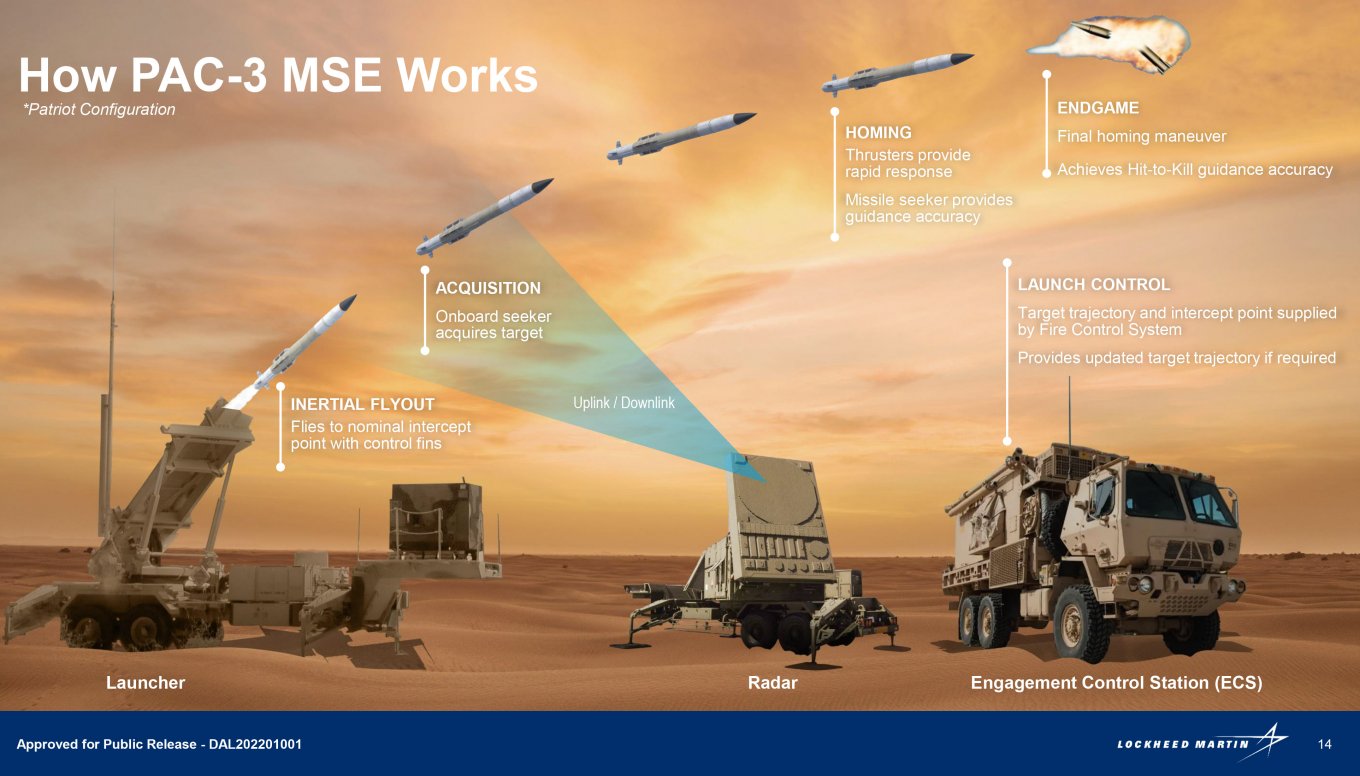
Finally, the very feature that distinguishes an anti-ballistic interceptor comes into action. The point is, a ballistic missile, unlike a cruise one, a kamikaze drone, or a glide bomb, is basically falling onto its target by the end of its flight path. It is essential to not just hit it as even a slight change of course won't make a difference. Instead, the ballistic missile must be destroyed in the air completely.
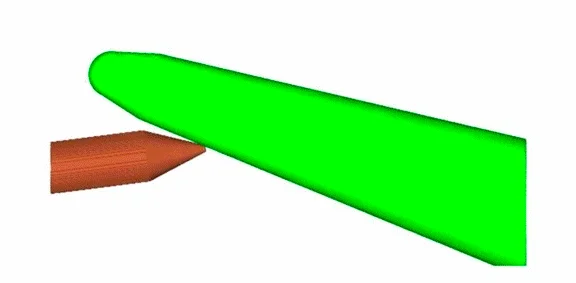
The interceptor's task in this case is to collide into the missile and use the closing speed and collision energy to crash the target. Simply put, it means to destroy a bullet with another bullet.
However, physics still brings the debris of both the interceptor and the ballistic missile to the ground due to gravity, and these wreckage pose a reduced but still threat, too.
Read more: Illusion About Destroying Patriot is the Only Guarantee of Kremlin's Survival: About russian Nukes and NATO Anti-Missile Defenses




